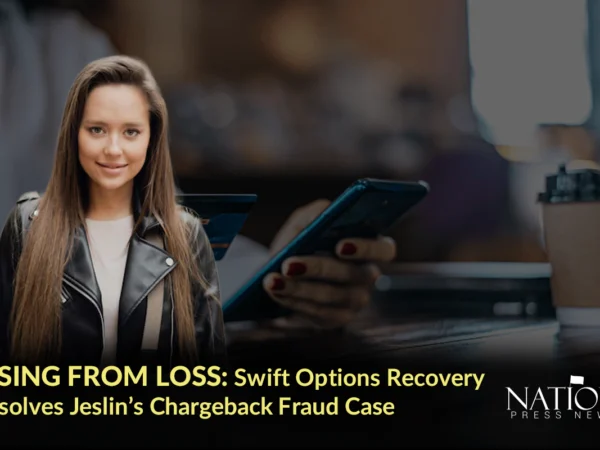Why Does SPAC Boom End in Frenzy of Liquidation?
What It Covers?
- Data shows that SPAC creators have lost more than $600 million on liquidations this month and more than $1.1 billion this year.
- Palihapitiya said he would shutter two SPACs in September and told The Wall Street Journal that his investment firm made about $750 million across several deals.
- A 1% federal tax on share repurchases that is part of new climate, health, and spending legislation has accelerated liquidations.
- Dealogic data show the average valuation of startups announcing SPAC mergers has fallen to about $400 million this quarter from more than $2 billion for most of last year.
- Approximately 300 companies have gone public through SPACs in the last two years.
- SPAC creators have lost about $9 million on average through liquidations this year, money they paid to banks and law firms to set up the shell companies.
A SPAC is a shell firm that raises money from investors and lists publicly to merge with a private company to take it public. It is known as a blank-check company.
After regulators review the deal and it is completed, the company that goes public replaces SPAC in the stock market.
A characteristic of SPACs is that investors can get their cash back if they don’t want to participate in a deal. When the market was hot, investors held shares in the newly public startups, expecting significant returns or selling immediately if shares had already gone up. They are now pulling out before the deal’s close, resulting in a dramatic reduction of the amount of cash companies can raise.
New York University Law School professor Michael Ohlrogge, who studies SPACs specified, “According to SPAC Research, nearly 400 SPACs are holding about $100 billion that have yet to find deals. If roughly 200 of the SPACs liquidated, the losses for creators would be well above $2 billion.”
An incredible fact about SPAC is that in 2020, SPACs accounted for more than 50% of new publicly listed U.S. companies.
SPAC is a publicly traded corporation with a two-year lifespan formed to effect a merger with a privately held business to enable it to go public.
The way they raise money is mainly from public-equity investors and have the potential to derisk and shorten the IPO process for their target companies. In addition, they sometimes offer them better terms than a traditional IPO would.
SPACs are a form of reverse merger. In a standard reverse merger, a profitable private company merges with a listed empty shell to go public without the paperwork and rigours of a traditional IPO.
The shell is usually a remnant of a previously operational public firm or a public virgin shell formed to combine with a private company. However, SPACs are different simply because the shell company is a proactive party, flushed with cash from the IPO and hunting for private targets.
It will become increasingly widespread when more people adopt a practice due to growing awareness and authenticity. However, for controversial practices like SPACs and reverse mergers, things get a little more complicated, where third-party concern and skepticism also increase as the procedure becomes more widely used.
An exchange-traded fund tracking company that went public this way is down more than 70% this year, dragged down by losses in startups such as sports-betting firm DraftKings Inc. and electric car maker Lucid Group Inc. The companies that went public via SPACs have performed worse than other newly public companies this year.
Investors and stakeholders must be vigilant at every turn—researching the merger acquisition and whether it would be wise to invest in the stocks. Try and control all that is possible. But, unfortunately, one can incur unforeseeable losses, and provisions cannot be kept for all these events.
Some institutions conduct quarterly surveys of how the companies fare. The listings are updated for reference’s sake. Data is collected and arranged under different headers like market value, earnings, total assets, exchange listings, and debt.
Graphical representations are created for better understanding. As a result, they sometimes communicate more than written indicators.
John Chachas, Co-managing principal at Methuselah Advisors, a boutique investment bank, mentioned, “Something people thought was going to be a fantastic vehicle for creating wealth is looking increasingly like a poisoned chalice.”
Investors, regulators, and the media — important arbiters of financial innovations — fed off one another’s cues and evaluations. Cynical media coverage weighed on stock market valuations and the subsequent diffusion of reverse mergers.
Amid the global stock market volatility, last year’s $83 billion haul by SPACs was six times the amount raised in 2019, and nearly equaled the figure mustered by IPOs.
Even David Solomon, chief executive of primary SPACs underwriter Goldman Sachs, warned in January 2021 that the boom is not sustainable in the medium term.







